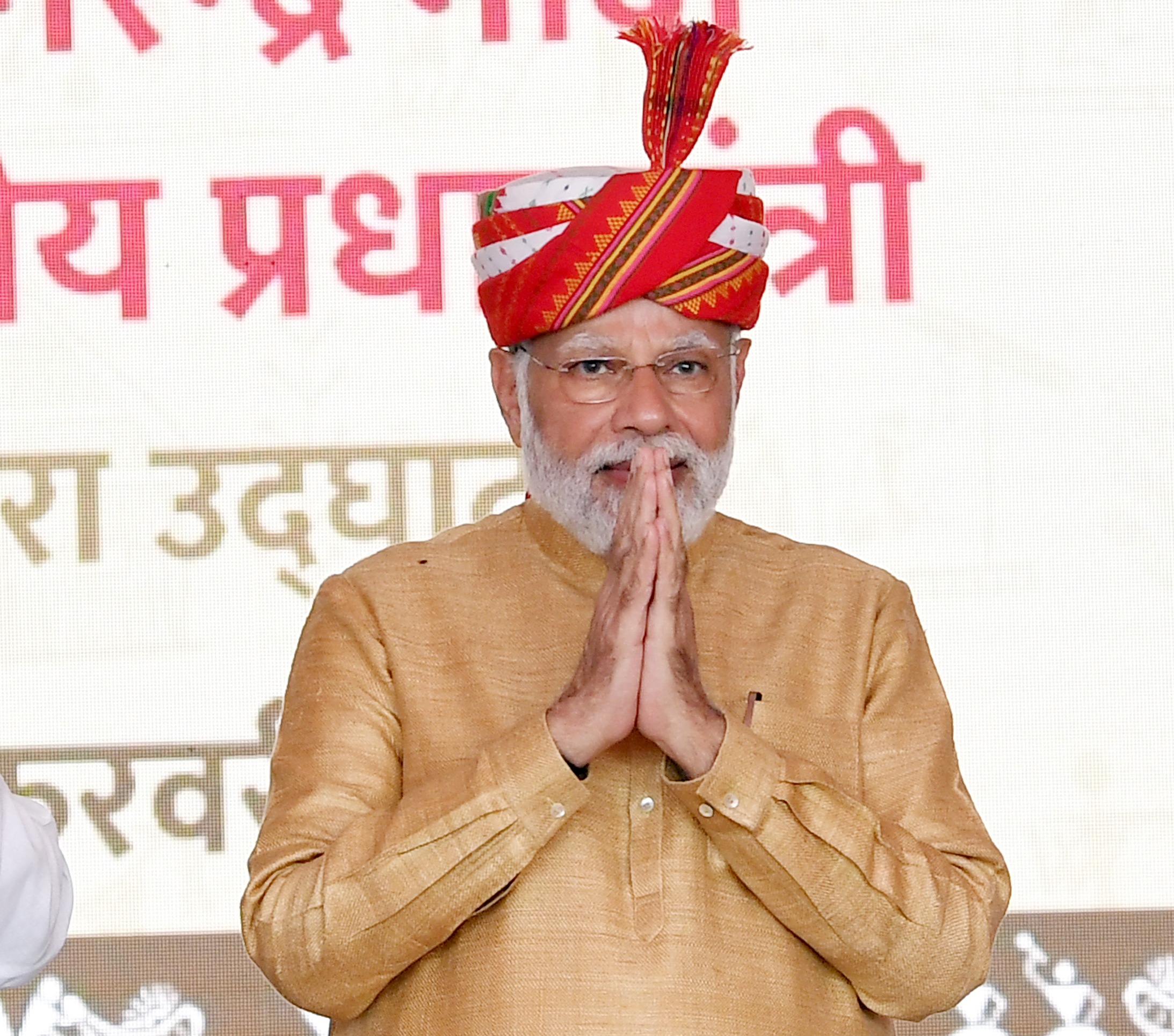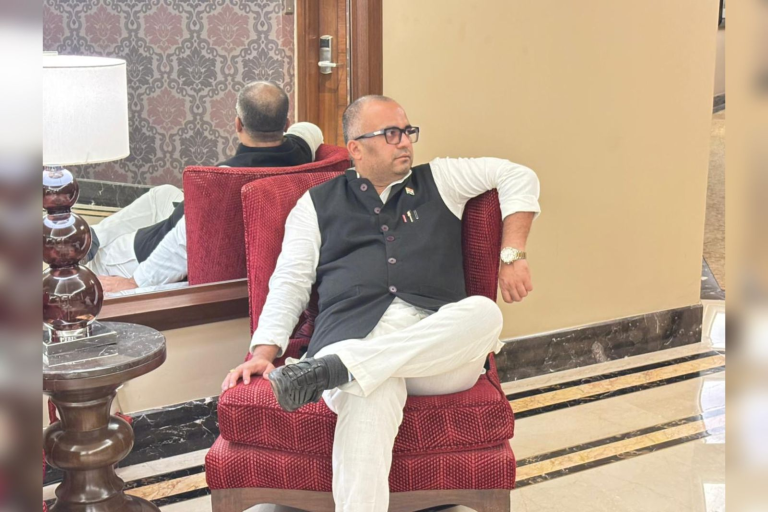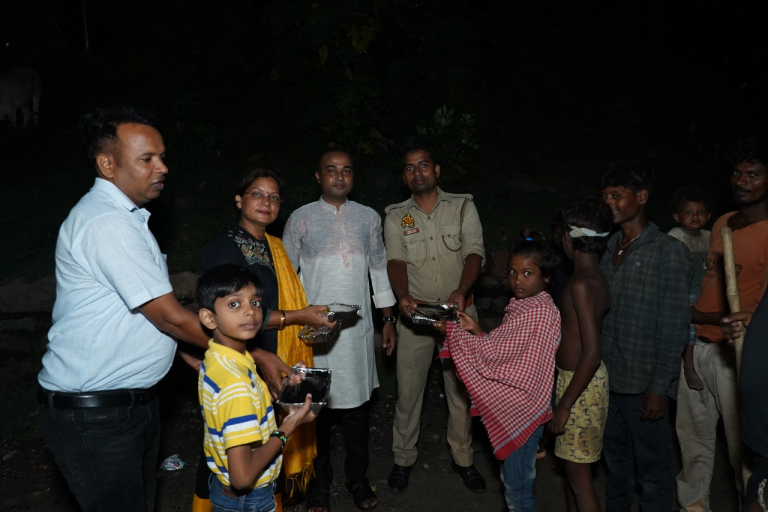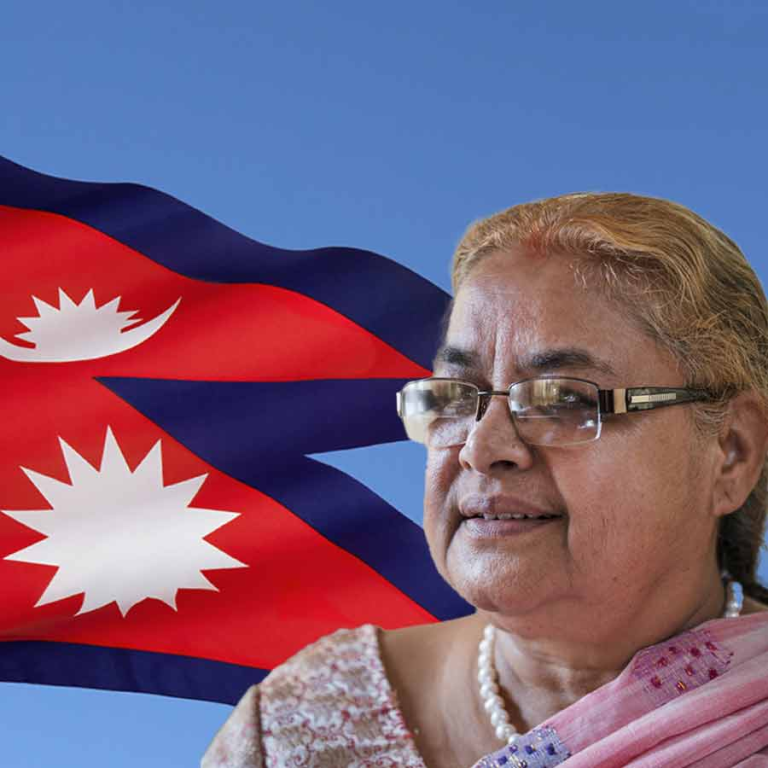
Prime Minister Narendra Modi launched Aadi Mahotsav, Delhi’s largest tribal festival, at Major Dhyan Chand National Stadium on Thursday. He also presented flowers to tribal freedom fighter Birsa Munda.
“When diversity is weaved into the thread of Ek Bharat Shreshtha Bharat, India’s grandeur is shown to the world. This Aadi Mahotsav represents this spirit “Prime Minister Modi said. The prime minister claimed to have learnt from tribal ways.
“I was delighted to see different arts, artifacts, music, and cultural display through their products,” the prime minister said at the event. I believe that India’s diversity and grandeur have come together and are now standing tall, highlighting its tradition.”
“The New India of the twenty-first century is implementing the ‘Sabka Saath Sabka Vikas’ philosophy. “The government is making efforts to reach out to people who have long been unreached,” he added.
Events like ‘Aadi Mahotsav’ have become a national movement in the last 8-9 years. “I, too, participate in a number of events; I do so because the welfare of tribal society is a personal and emotional issue for me,” PM Modi added.
The Tribal Cooperative Marketing Development Federation Limited (TRIFED), which is part of the Ministry of Tribal Affairs, organizes the Aadi Mahotsav every year to honor the spirit of tribal culture, crafts, cuisine, commerce, and traditional art.
It will be held in the national capital from February 16 to 27, according to a statement.
Birsa Munda, a Munda tribal member, led an Indian tribal religious Millenarian movement across modern-day Bihar and Jharkhand’s tribal belt. His birth anniversary is celebrated as Birsa Munda Jayanti in the country and coincides with the Jharkhand Foundation Day.
The Aadi Mahotsav will feature over 200 stalls showcasing the rich and diverse heritage of tribes from across the country. The exercise will involve approximately 1,000 tribal artisans.
Since 2023 is designated as the International Year of Millets, a special emphasis will be placed on showcasing “Shree Anna,” a recent government nomenclature for millets grown by tribals, in addition to traditional attractions such as handicrafts, handloom, pottery, and jewelry, according to the statement.








